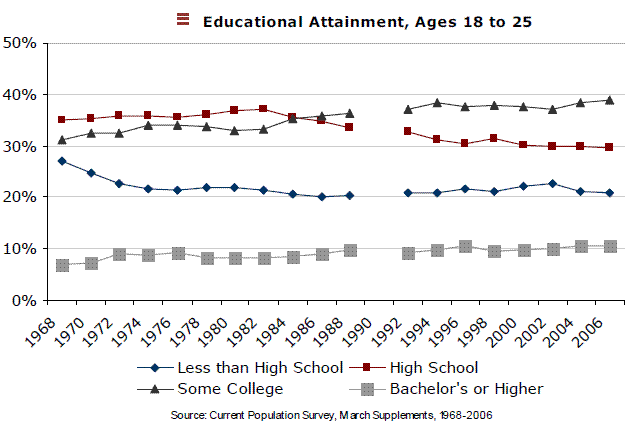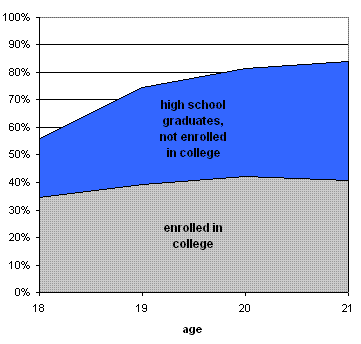My childhood friend Chris Kutz, now a law professor at Berkeley, has organized a blog that consists only of policy proposals by Cal colleagues, including several famous professors. It’s called Blue Sky: New Ideas for the Obama Administration. Here is an op-ed in the San Francisco Chronicle that announces it.
Meanwhile, Tufts University, where I work, has a webpage entitled “Memo to the President: Faculty weigh in with advice for Barack Obama as he begins his term.” It’s not a blog, but each professor contributes a few paragraphs that remind me of blog posts.
These pages make me wonder …
- How many other institutions are also organizing their faculty to write short public memos for the new president?
- Is there much more of this in 2008 than ever before? (So it seems to me, but I could have missed such sites in 2000 and 2004.)
- If so, what’s the stimulus? I can imagine that more faculty admire Obama than have liked any president in my adult lifetime; that blogging has made professors more prone to write and publicly post short opinion pieces; and that the Presidential Transition Team prompted people to write this sort of statement by inviting comments on change.gov. Those are hypotheses; I don’t know the real story.
- Assuming that this kind of site is a common development, what does it mean? Is it a sign of productive faculty engagement in public life? A welcome turn to transparency (since earlier generations of faculty would have sent private letters to the president)? A rather quixotic or naive activity? Or a sign of professorial arrogance? I am personally enthusiastic, but this seems a worthy topic of discussion.
- What will happen after the new administration settles in? Will this kind of activity continue, or turn into something different, or go away?

